Technologies
Multimedia projector has long become a familiar gadget for offices, presentations, meeting rooms, museums, educational institutions. More and more often, the projectors Technologies are used at home. These devices survive in a rather complex competitive climate (plasma, LCD and laser panels are the competitors of projectors), while having only one huge advantage – a large diagonal of the projected image.
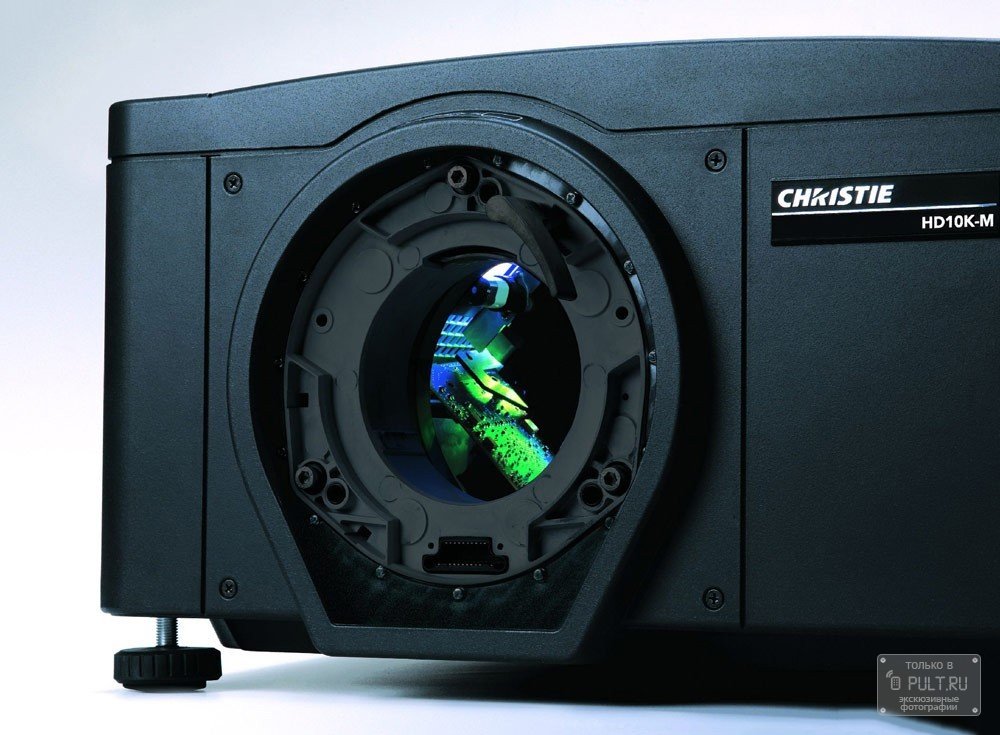
Technologies
Abundance of technologies used for Production of projectors, gives rise to the problem of choice. As experts Pult.ru mark, the buyers intending to get a projector, rarely imagine what they want, which rarely leads to mistakes in the selection. This post is about the main criteria for selecting projectors and the prospects for the development of modern technologies that are used in their production.
Lamps
While the most common light sources in projectors are high-pressure discharge lamps. And it is these lamps that are recognized as the Achilles heel of most modern projectors, since most of them require replacement in 1000-4000 (in rare cases, 8000) hours of operation.
This costly consumable must be changed every 3-4 years, and with intensive Use more often. Engineers of the world’s leading manufacturers have tried to solve the problem of not too resource-intensive light source.
UHP
The most commonly used projection lamps are UHP (Ultra High Performance). The principle is simple – the discharge in the lamp glows between the tungsten electrodes in mercury vapor, which are under high pressure. The main advantages of these lamps are the relative high intensity of light radiation with a fairly compact source size and good color rendering parameters.
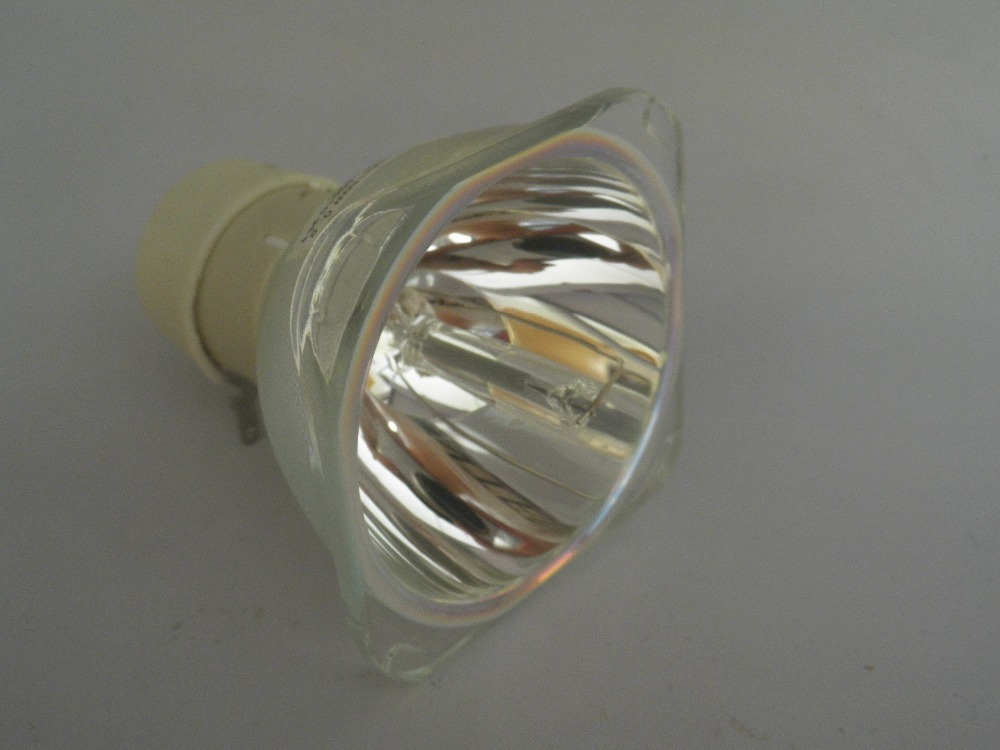
The disadvantages of UHP lamps is the gradual decrease in radiation intensity throughout the life of the device And comparatively not a long service life (2000 hours). In part, the first drawback was compensated by the addition of special reagents that contribute to the reduction of tungsten on the electrodes. Partially extends the service life of the lamps using high-purity quartz glass, which allows maintaining the balance of heat energy produced by the lamp.
HCX
Projection lamps HCX or meta-halogen lamps, like others, emit light due to the discharge of the plasma of an electric arc generated in a gas under high pressure. From UHD, they are distinguished by the addition of halogens of some metals to mercury vapor, which makes it possible to make the spectral characteristic of light radiation more uniform.

The problem of these paws is a gradual, but constant loss of brightness, Up to 50% during the lifetime of the source. The operating time of these lamps is comparable with other gas-discharge counterparts.
P-VIP
P-VIP is another variation on the topic “Mercury discharge lamps for the projector.” This type can be considered the apex of the evolution of mercury projector lamps. The service life of these lamps can reach 6000 – 8000 hours, the intensity of radiation and the uniformity of the spectrum is comparable with HCX, while P-VIP does not have the disease of “age-related dimming”, the lamp shines equally well throughout its life. Despite the successes in extending the full-fledged life of this type of lamp, the root of their problem is not solved.
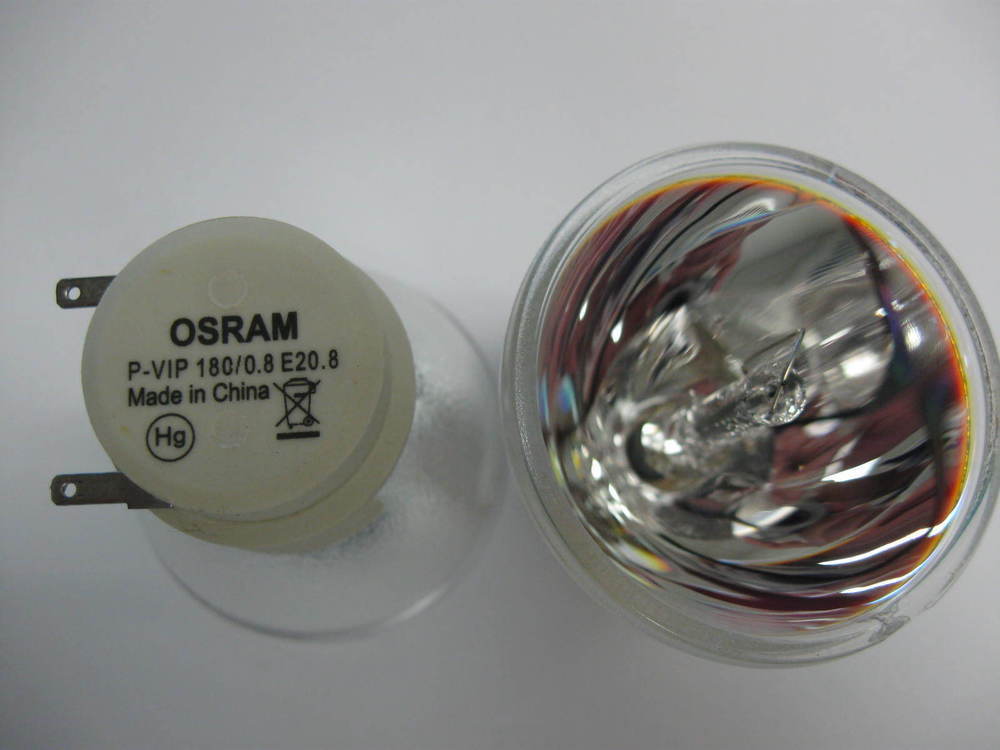
Xenon
Another type of discharge lamps for projectors is Xenon. As the name implies, instead of mercury vapor in the lamp there is a compressed xenon. Xenon lamps are many times superior to mercury in power, pressure and, as a consequence, the intensity of the light flux.
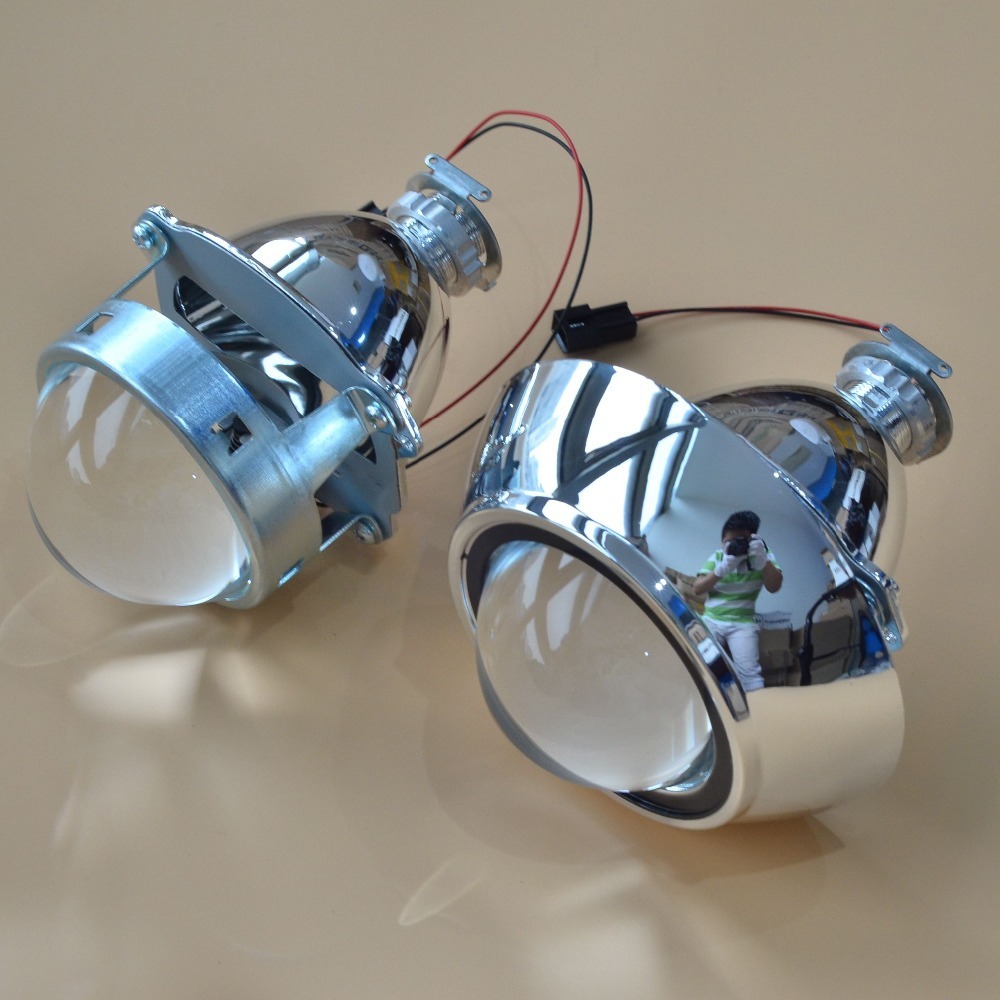
The power of xenon lamps is in the range from 2 to 15 kV, and the gas pressure in the lamp reaches 300 atmospheres, which predetermined their use in professional cinema projectors and extremely rarely in extremely expensive Demonstration and home models. As the saying goes, “All the best for children (cross out) cinemas.

Comparison of the spectra of” xenon “and” mercury ”
The X-axis is the length of an ox in nm
Y-axis – recoil
Blue graph – “xenon”, red – “mercury”
Fortunately, the use of high-pressure gas-discharge lamps gradually dies, giving way to more perfect sources of light. Their use makes it possible to provide relatively high brightness and contrast, but, as I have already noted, they are expensive and periodically need to be replaced.
No lamps – led vs laser
An alternative to gas-discharge lamps, which appeared at the beginning of the last century, were LEDs and lasers. Each of these sources has the advantage of a long work. In fact, both LEDs and lasers can provide at least 20,000 hours of operation, and in some cases work longer. In addition, LED and laser projectors allow you to reduce the minimum distance to the screen. As it is unfortunate, both alternatives have characteristic disadvantages. The great advantages of laser projectors in comparison with other types are high image quality and perfect lack of “finicky” to the surface on which the image is projected.

Disadvantages LED
Despite impressive progress in the past 8 years, most LED projectors are at an equal cost to the lamp in the intensity of the light flux. For most models, the value of the light source flux does not exceed 1000 -1200 ANSILm, and in most cases is within 1000. Another problem of Led projectors is the noise level during operation, which rarely exceeds the value of 35 dB. However, these shortcomings are being gradually eliminated, it is worth recalling that at the time of the first mass serial led projectors (2008-2009) the brightness record of the latter was 350-400 ANSILm.
Disadvantages Laser projectors
The main drawback of laser projectors is the price. Despite the mass production of laser projectors for the last 10 years, the price has not decreased to sane figures that are understood by the average person. Also, tangible shortcomings of laser devices include flickering of the source and unnatural saturation of some colors. In some models, note sharp enough transitions in the color palette, which can be annoying when viewed for a long time. It is also worth noting that some of the difficulties in color rendering can easily be eliminated by an additional setting.
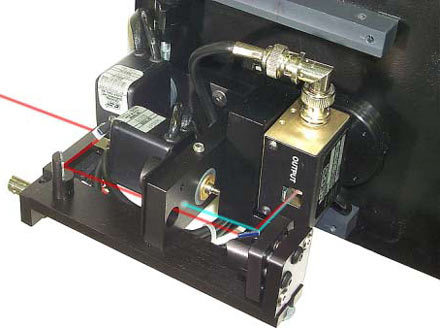
Hybrid circuits
More and more often, hybrid models appear on the market, which use both a laser and LEDs as light sources. The application of this approach makes it possible to compensate for the shortcomings of one source by another. Most reviews and comparative tests such systems are at the level with the lamp projectors, while maintaining the main advantage of alternative sources – a tremendous operational resource. The shortcoming is one – an indecently high cost.
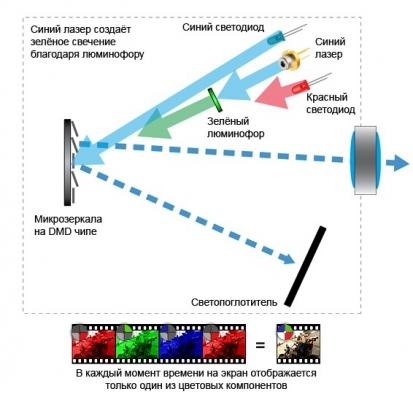
Advantages and disadvantages of the basic principles of work.
Before giving concrete recommendations on the choice of projectors, you need to tell a little about the types of these devices. Today the following types of projectors are most widely represented on the market:
- DLP (3DLP)
- LCD (3LCD)
- LCOS (SXRD, D-ILA)
- 3LED
It is not enough to describe each of the principles in detail, since the encyclopedic material in the network is more than enough. I think it’s better to dwell on the merits and demerits of each of them. To get into an orderly protracted dispute with engaged amateurs of licking about what is really cooler than 3DLP (DLP), LCD (3LCD), LCOS or 3LED will not. In connection with the different tasks that are put before the projectors, the advantages of this or that technology determine the choice, and in the premium segment the shortcomings of technologies are leveled slightly less than completely. I can only note that several chips are better than one because they allow to increase the image quality by a number of parameters.
DLP and 3DLP are champions by contrast
]
Advantages of DLP:
- High level of contrast, realistic black;
- High possibilities of tincture of color rendition
- The widest range of models and manufacturers, among the presented on the market;
- It is more acceptable for the creation of home theaters, in connection with a more realistic picture transmission
- There are no optical distortions in the older rulers;
- Does not require additional maintenance, is protected from dust;
- Can be effectively used for games and 3D.
Disadvantages of DLP:
- The low brightness (especially the values of the so-called color brightness) of budget models that loses to other technologies ;
- In budget models the rainbow effect is shown;
- The image of single-chip DLP projectors flickers, which is noticeable when shooting a video and can be more tiring for vision;
- Higher cost of high quality imaging solutions.
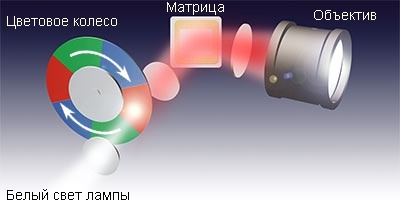
In fact, all the shortcomings, except for the high cost, single-matrix DLPs do not concern projectors with three chips, the so-called. 3 DLP, which at the same time maintain high contrast, as one of the main advantages.
3LCD -liters of color brightness
Advantages of 3LCD :
- High brightness when comparing the younger rulers;
- As a rule, the convenience of setting optics is higher;
- Some of the budget models can be used in non-darkened rooms;
- The price / performance ratio is ideal for use as an office presentation projector and educational projector for small audiences;
- In budget lines provide a more realistic color rendering (except for black and gray tones)
Disadvantages 3LCD:
- Limited assortment, the monopoly on the use of technology;
- Low contrast, unrealistic (gray) black;
- Vulnerability to dust, the need to replace filters by a specialist;
- Artifacts (concavity at the top) are noticeable on screens with a large diagonal;
- The appearance of artifacts (trails) when playing dynamic scenes in games and 3D.
The problem of low contrast is solved in older rulers (C2Fine technology)
LCOS – expensive “golden mean”
Advantages of LCOS
- LCoS surpasses LCD and DLP at the most affordable resolution;
- Due to the placement of control elements behind the reflective layer, they are rid of the “comb” characteristic of the LCD (3LCD);
- The efficiency of the technology is higher than that of the LCD (3LCD);
- The fill factor (the ratio of the working area to the total area of the matrix) in LCoS is higher than DLP and LCD projectors;
- Due to the use of a cooling substrate, the stability of LCoS chips to a temperature higher than the DLP- and LCD-matrix, which allows the creation of more powerful devices designed for installations;
- Contrast and black are better than LCD;
- Does not flicker like DLP;
- Response time of LCoS matrix is less than that of LCD.

Disadvantages of LCOS:
- Presented only in Hi End and professional segments, which naturally affected the price, there are practically no budget models;
- The technology is monopolized by several companies, which seriously affects the range of products;
- In the older segments, it has practically no advantages over 3 DLPs and 3 LCDs, except for the chip’s resistance to loads, while at the same image quality is more expensive
- Widely claimed only for expensive installations, as a technique of high reliability.
3LED – winners of marathon distances
Advantages of 3 led:
- The absence of flicker;
]
- The contrast is higher than 3 LCD;
- Application of an almost eternal light source;
- Lack of rainbow effect and other artifacts;
- High reliability.
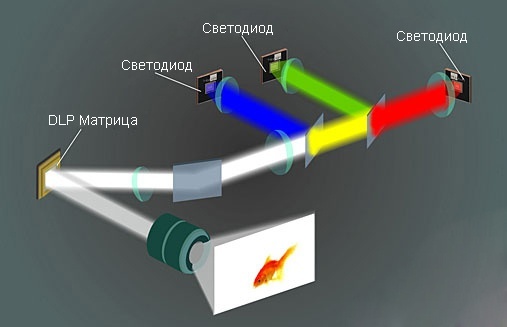
Disadvantages 3 LED
- The low level of brightness;
- Noise at work, reaching 35 – 40 dB;
- Limited range: 2 – 3 projectors from a few manufacturers;
- In some cases, the instability of the spectrum;
- The high cost of a few solutions with high brightness.
Main characteristics
When selecting a projector, it is worth considering a number of characteristics from which the result will depend.
Brightness
If necessary, calculate the light output of the projector for an audience or room, lighting in which corresponds to the current sanitary and hygienic standards (a room where you can read and work, you can multiply 756 by the screen area in square meters.
Below is a table for calculating the brightness of the required projector, depending on the area of the screen when illuminated enough to read.
Resolution
Below I quote the correspondence of standards and permits, depending on the format.
1. The format of the image is 4: 3:
- VGA (640х480),
- SVGA (800×600),
- XGA (1024×780),
- SXGA (1280х1024),
- SXGA + (1400×1050),
- UXGA (1600×1200),
- QXGA (2048×1536).
2. The format of the image is 16: 9, 16:10, 15: 9 or other:
- W XGA (1280×768 or 1280×780),
- HD720 (1280×720),
- W VGA (864×480),
- W SVGA (1024×576),
- Full HD (1920×1080),
- WUXGA (1920×1200),
- HD 4K (4096×2400).
Uniformity of lighting
A rarely specified parameter that demonstrates the ratio of the minimum peripheral illumination of the screen to the maximum in the center. In the projector for watching movies and games and in professional devices, the uniformity value should exceed 70%.
And a little more about the contrast
Contrast has the greatest impact on image quality in darkened rooms. In many respects, therefore, high-contrast projector models are used as an element of systems for home theaters. If necessary, to obtain a distinct image in the illuminated interiors should be based on brightness.
The dry residue – what and to whom
As I have already noted, people who purchase projectors rarely represent what they need, than sometimes do not use very decent sellers.
I’ll start with educational institutions, where the projector allows you to demonstrate presentations and educational films. The quality requirements are minimal, while, as a rule, there are requirements to the price and in some cases to brightness. For rooms where dimming is possible with single-chip DLP, 3 LED or 3 LCD projectors and with a brightness of 700-1000 ANSIlm, in rooms where there are problems with dimming, a more powerful light flux is required, respectively, from 1000 ANSIlm and higher. As a rule, in the ratio of brightness / price, 3 LCD projectors win.
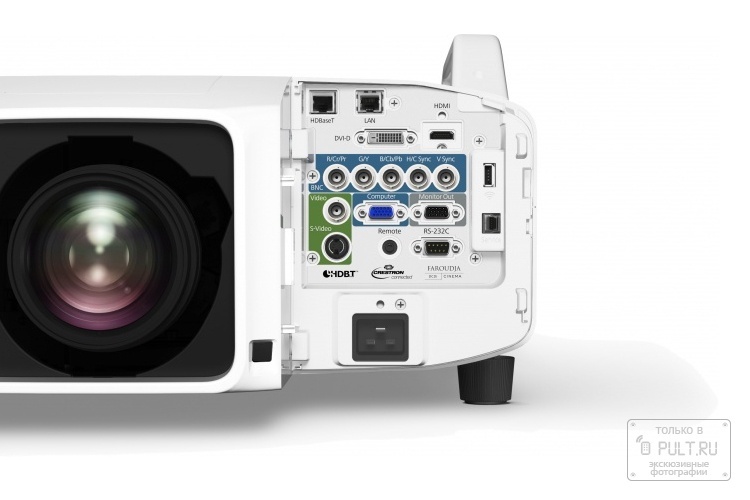
The choice of a business projector for presentations will also be related to working conditions and tasks, with the only difference being that, as a rule
Laser and hybrid 3 DLP, 3 LCD and LCOS projectors can be used for professional presentations and long-term work, which provide long-lasting work and high-quality image like Rule, With FullHD and UHD resolution. The values of the light flux in similar projectors designed for work in illuminated rooms and also in the daytime on the street can reach 20,000 ANSIlm.
Despite the fierce competition from LCD TVs and plasma panels, projectors cease to be exotic at home . For home theater and gaming systems, most experts recommend DLP and 3DLP projectors, as the latter less distort the picture and work much more efficiently in 3D mode.
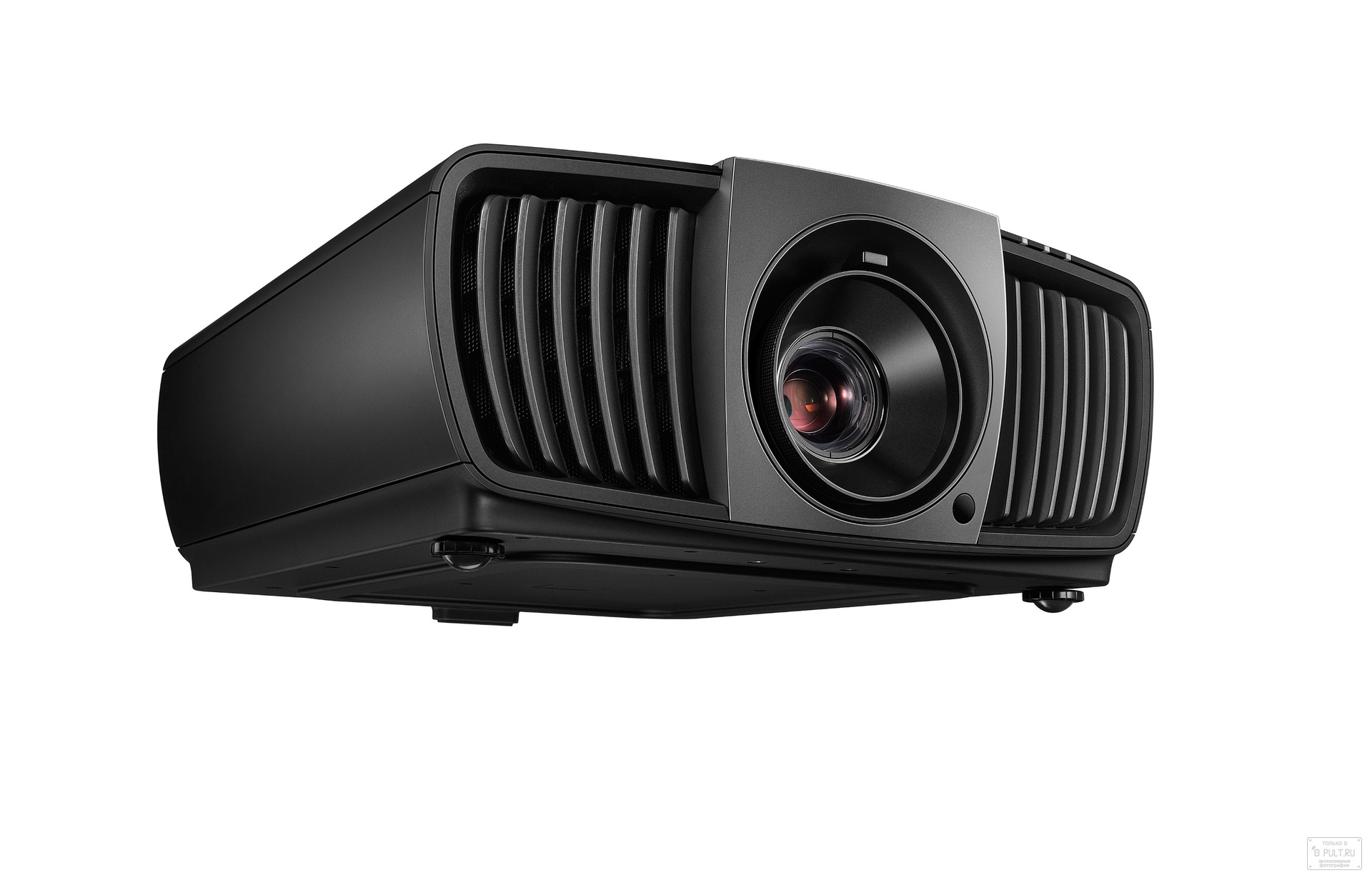
The most attractive and promising light sources in projectors Are lasers and light-emitting diodes, which, other things being equal, give odds to the rest in the service life. Experts argue that the future is behind them and this future is already close. According to calculations of a number of manufacturers, gas discharge lamps will be abandoned in the next 10 years.
Материал построен на комментариях экспертов pult.ru, использованы графические материалы сайтов: myprojector.ru, projector-lamps.ru, viking.ru, giga-line.ru, stereo.ru
P.S. Стоимость проекторов в зависимости от назначения варьируется в очень широких пределах, в нашем каталоге представлены проекторы от 19790 до 10 452 850. Если говорить об учебном, офисном, средняя стоимость последнего (в зависимости от характеристик и использованной технологии) варьируется в пределах от 19790 до 300 000. В случае с оборудованием для домашних кинотеатров и игр если и не затрагивать профессиональные и HI END линейки, то средняя стоимость такого проектора будет около 90 000 — 150 000 (опять же в зависимости от характеристик и использованной техноло ии). Представленные сведения о ценах достаточно условны, цена во многом зависит от производителя, функций, конструкции и возможностей устройства.








